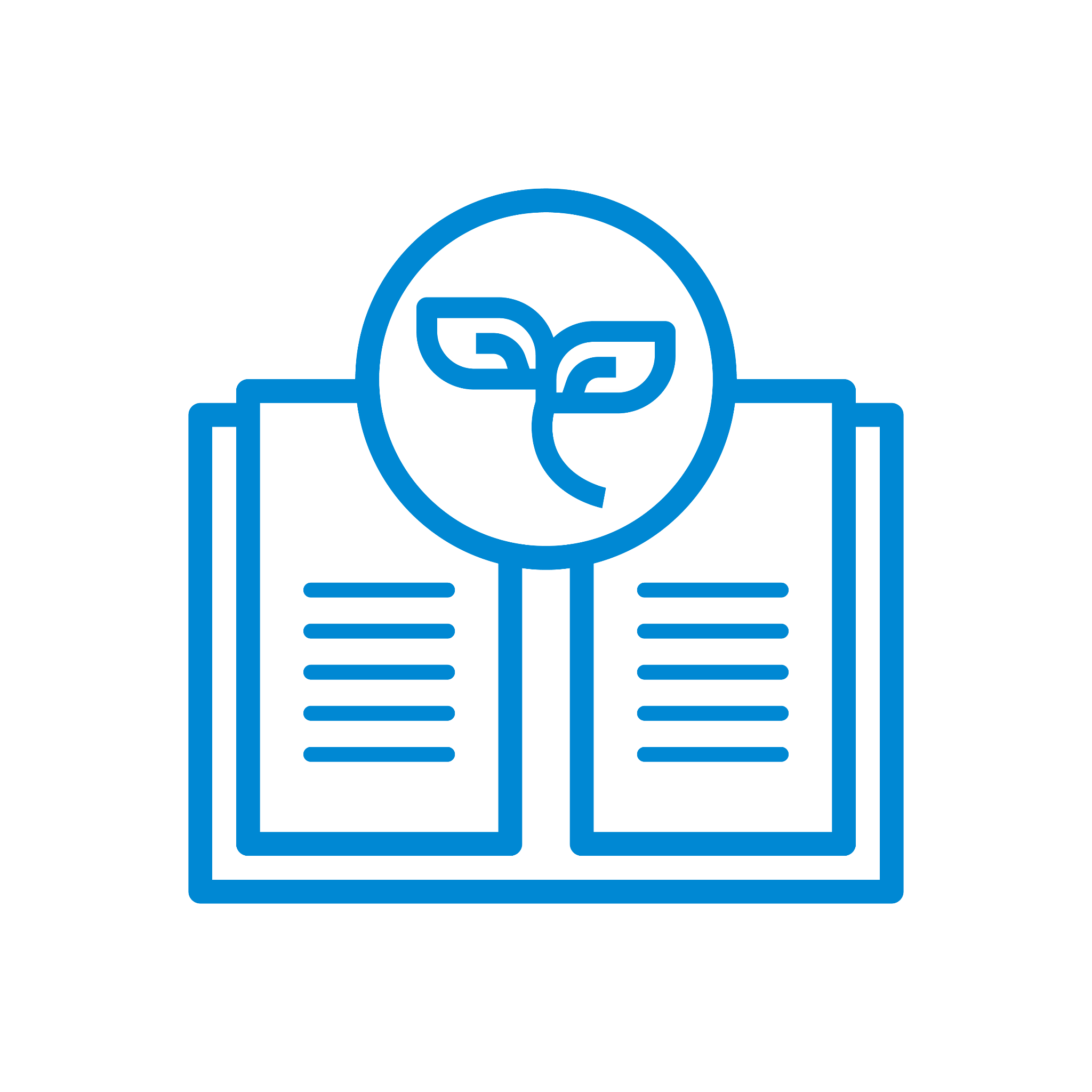Diversity, Equity, and Inclusion in L&D: Building Learning Programs that Foster Equality and Belonging

As the world progresses towards embracing diversity and inclusion, it's more important than ever for organizations to cultivate learning and development (L&D) programs that foster a level playing field for all employees. Creating inclusive learning experiences is crucial for attracting and retaining diverse talent and helps create a positive workplace culture of equity and belonging. By prioritizing diversity, equity, and inclusion in L&D, organizations can empower employees from diverse backgrounds and foster an environment where everyone feels valued and respected.
This article will explore strategies and best practices for developing L&D programs that embrace diversity, equity, and belonging. We will also delve into the benefits of inclusive learning environments and provide actionable tips for designing and implementing inclusive learning programs. Together, let's create an equitable environment and unleash the full potential of our workforce.
 The importance of diversity, equity, and
inclusion in L&D
The importance of diversity, equity, and
inclusion in L&D
Diversity in the workplace encompasses a wide range of factors, including race, gender, age, sexual orientation, and more. It is very significant for organizations to embrace and celebrate these differences to create an inclusive L&D environment. An inclusive L&D program ensures that all employees have equal access to growth opportunities, regardless of their background or identity. By providing diverse perspectives and experiences, organizations can enhance problem-solving, decision-making, and creativity. Moreover, an inclusive L&D program sets the foundation for a positive workplace culture, where employees feel valued, respected, and engaged.
 Understanding the challenges faced by
underrepresented groups in L&D
Understanding the challenges faced by
underrepresented groups in L&D
To cultivate an inclusive L&D program, organizations must first understand the unique challenges faced by underrepresented groups.
Underrepresented groups often encounter barriers in accessing L&D opportunities, stemming from factors such as unconscious biases, limited representation, resource disparities, and unequal opportunity distribution. Recognizing and addressing these challenges is crucial for fostering an equitable workplace.
Organizations can initiate this process by conducting a comprehensive assessment of their current L&D programs to pinpoint potential biases and hurdles. This involves scrutinizing selection processes, training materials, and evaluation methods for any potential bias. Furthermore, actively soliciting feedback from underrepresented groups to understand their specific needs and challenges is essential. Tackling these issues head-on allows organizations to establish an inclusive learning environment that benefits all employees.
Read here: The Learning Challenges L&D Professionals May Face In 2023
 The benefits of cultivating inclusive learning
programs
The benefits of cultivating inclusive learning
programs
Cultivating inclusive learning programs offers multiple benefits for employees and organizations. Firstly, it boosts employee engagement by making them feel valued and motivated to actively participate in development initiatives, resulting in heightened productivity and performance. Secondly, it nurtures a culture of equity and belonging, emphasizing equal opportunities for diverse employees, and creating a positive work environment that fosters retention. Finally, inclusive learning programs enhance problem-solving and innovation by harnessing diverse perspectives, leading to more creative solutions and ultimately driving organizational success.
 Key components of an inclusive learning program
Key components of an inclusive learning program
To create an inclusive learning program, organizations must prioritize equal access to learning opportunities, eliminating barriers like language obstacles and limited technology access. Culturally sensitive and inclusive learning materials and resources, featuring diverse examples, are essential. Moreover, it is very crucial to provide training and support to instructors to create an inclusive environment.
Incorporating diverse perspectives and experiences, whether through mentorship programs, cross-functional team projects, or guest speakers from various backgrounds, is another vital component of an inclusive learning program. By exposing employees to diverse viewpoints, organizations can encourage inclusivity and expand their understanding of different perspectives.
 Strategies for promoting diversity, equity, and
inclusion in L&D
Strategies for promoting diversity, equity, and
inclusion in L&D
Promoting diversity, equity, and inclusion in L&D demands a deliberate, goal-oriented approach. Organizations can initiate this by defining clear objectives for their inclusive learning programs, with measurable outcomes and ongoing progress tracking to ensure alignment with their broader diversity and inclusion strategy. Another strategy is to provide unconscious bias training to all L&D stakeholders, including instructors and evaluators, to foster awareness and equity in the learning experience. Finally, instituting a feedback system from L&D program participants allows for continuous improvement, ensuring relevance and effectiveness for all employees.
 Case
studies: Successful examples of inclusive learning programs
Case
studies: Successful examples of inclusive learning programs
Several organizations have successfully implemented inclusive learning programs, serving as inspiring examples for others to follow. One such example is IBM's "New Collar" program, which focuses on developing skills in emerging technologies for underrepresented groups. By providing training and job opportunities in fields like cybersecurity and cloud computing, IBM is empowering individuals from diverse backgrounds to thrive in the digital age.
TCS has been recognized for its commitment to diversity and inclusion. They have various programs and initiatives to promote inclusive learning, including the "Women in IT" program, which focuses on skill development and career advancement for women in technology. TCS also promotes diversity through its "Autism Hiring Program," which provides training and employment opportunities for individuals with autism.
Another example is Procter & Gamble's "Diversity and Inclusion" training program, which is designed to educate employees on the importance of diversity and inclusion in the workplace. The program includes interactive workshops, online modules, and resources for employees to deepen their understanding and contribute to a more inclusive work environment.
 Tools and resources for implementing inclusive
learning programs
Tools and resources for implementing inclusive
learning programs
Implementing inclusive learning programs requires the right tools and resources. Fortunately, several resources are available to help organizations create and implement inclusive learning initiatives.
One valuable resource is the Society for Human Resource Management (SHRM), which offers various resources and educational materials on diversity, equity, and inclusion in the workplace. Their website provides access to articles, webinars, and toolkits that can assist organizations in designing and implementing inclusive learning programs.
Additionally, organizations can leverage technology platforms and learning management systems (LMS) to facilitate the delivery and management of inclusive learning programs. These platforms provide features such as accessibility options, multilingual support, and tracking capabilities to ensure equal access and effectiveness.
Conclusion
Incorporating diversity, equity, and inclusion into your L&D programs isn't just a feel-good initiative; it's an essential aspect of fostering a fair and productive workplace. When employees from all backgrounds feel valued, respected, and included, they are more likely to be engaged, innovative, and motivated to excel. By implementing these strategies and constantly evolving your approach, you can build L&D programs that promote equality and belonging, ultimately benefiting your employees and your organization as a whole.
